Heikki Huttunen
Towards a Real-Time Facial Analysis System
Sep 21, 2021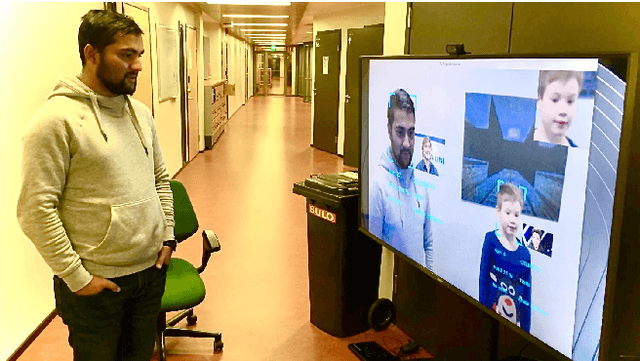
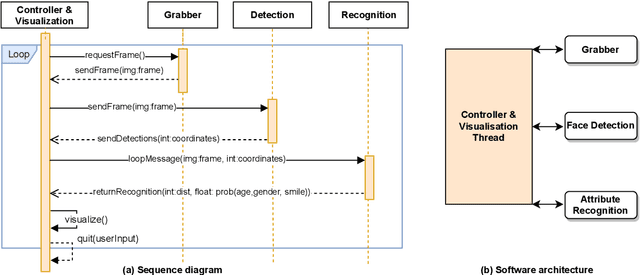
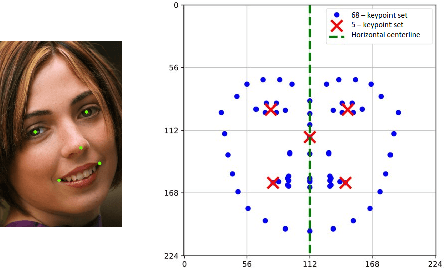
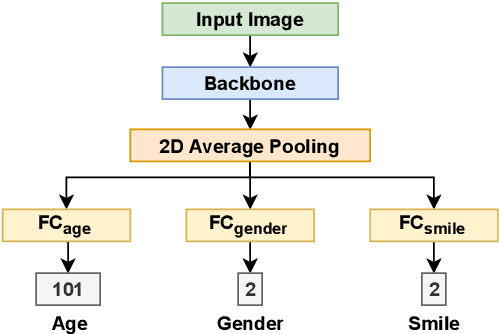
Abstract:Facial analysis is an active research area in computer vision, with many practical applications. Most of the existing studies focus on addressing one specific task and maximizing its performance. For a complete facial analysis system, one needs to solve these tasks efficiently to ensure a smooth experience. In this work, we present a system-level design of a real-time facial analysis system. With a collection of deep neural networks for object detection, classification, and regression, the system recognizes age, gender, facial expression, and facial similarity for each person that appears in the camera view. We investigate the parallelization and interplay of individual tasks. Results on common off-the-shelf architecture show that the system's accuracy is comparable to the state-of-the-art methods, and the recognition speed satisfies real-time requirements. Moreover, we propose a multitask network for jointly predicting the first three attributes, i.e., age, gender, and facial expression. Source code and trained models are available at https://github.com/mahehu/TUT-live-age-estimator.
On the Importance of Encrypting Deep Features
Aug 16, 2021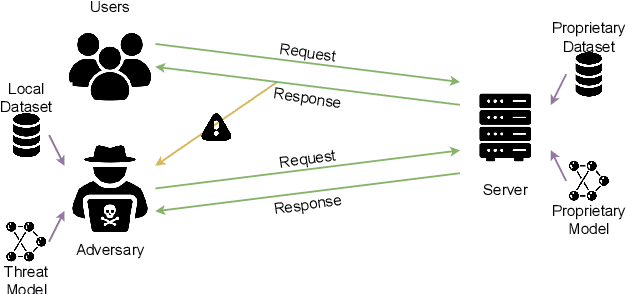
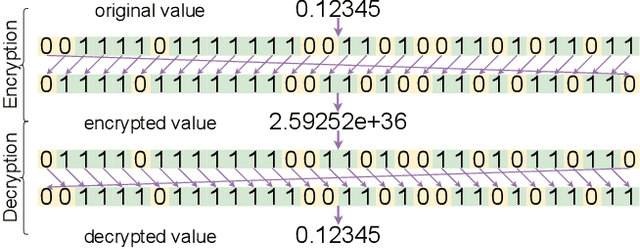

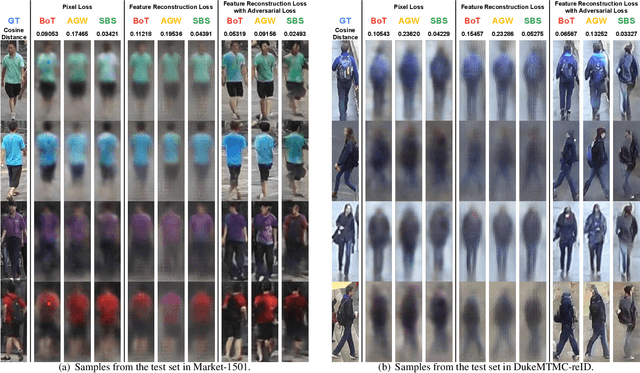
Abstract:In this study, we analyze model inversion attacks with only two assumptions: feature vectors of user data are known, and a black-box API for inference is provided. On the one hand, limitations of existing studies are addressed by opting for a more practical setting. Experiments have been conducted on state-of-the-art models in person re-identification, and two attack scenarios (i.e., recognizing auxiliary attributes and reconstructing user data) are investigated. Results show that an adversary could successfully infer sensitive information even under severe constraints. On the other hand, it is advisable to encrypt feature vectors, especially for a machine learning model in production. As an alternative to traditional encryption methods such as AES, a simple yet effective method termed ShuffleBits is presented. More specifically, the binary sequence of each floating-point number gets shuffled. Deployed using the one-time pad scheme, it serves as a plug-and-play module that is applicable to any neural network, and the resulting model directly outputs deep features in encrypted form. Source code is publicly available at https://github.com/nixingyang/ShuffleBits.
using multiple losses for accurate facial age estimation
Jun 17, 2021



Abstract:Age estimation is an essential challenge in computer vision. With the advances of convolutional neural networks, the performance of age estimation has been dramatically improved. Existing approaches usually treat age estimation as a classification problem. However, the age labels are ambiguous, thus make the classification task difficult. In this paper, we propose a simple yet effective approach for age estimation, which improves the performance compared to classification-based methods. The method combines four classification losses and one regression loss representing different class granularities together, and we name it as Age-Granularity-Net. We validate the Age-Granularity-Net framework on the CVPR Chalearn 2016 dataset, and extensive experiments show that the proposed approach can reduce the prediction error compared to any individual loss. The source code link is https://github.com/yipersevere/age-estimation.
Selective Probabilistic Classifier Based on Hypothesis Testing
May 11, 2021



Abstract:In this paper, we propose a simple yet effective method to deal with the violation of the Closed-World Assumption for a classifier. Previous works tend to apply a threshold either on the classification scores or the loss function to reject the inputs that violate the assumption. However, these methods cannot achieve the low False Positive Ratio (FPR) required in safety applications. The proposed method is a rejection option based on hypothesis testing with probabilistic networks. With probabilistic networks, it is possible to estimate the distribution of outcomes instead of a single output. By utilizing Z-test over the mean and standard deviation for each class, the proposed method can estimate the statistical significance of the network certainty and reject uncertain outputs. The proposed method was experimented on with different configurations of the COCO and CIFAR datasets. The performance of the proposed method is compared with the Softmax Response, which is a known top-performing method. It is shown that the proposed method can achieve a broader range of operation and cover a lower FPR than the alternative.
Sample selection for efficient image annotation
May 10, 2021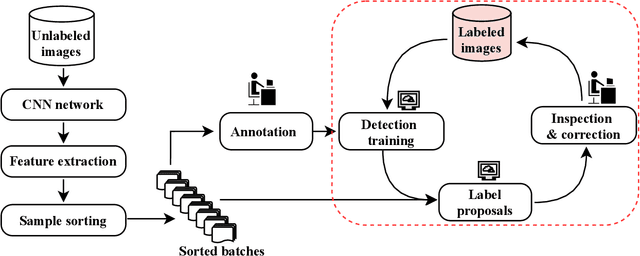
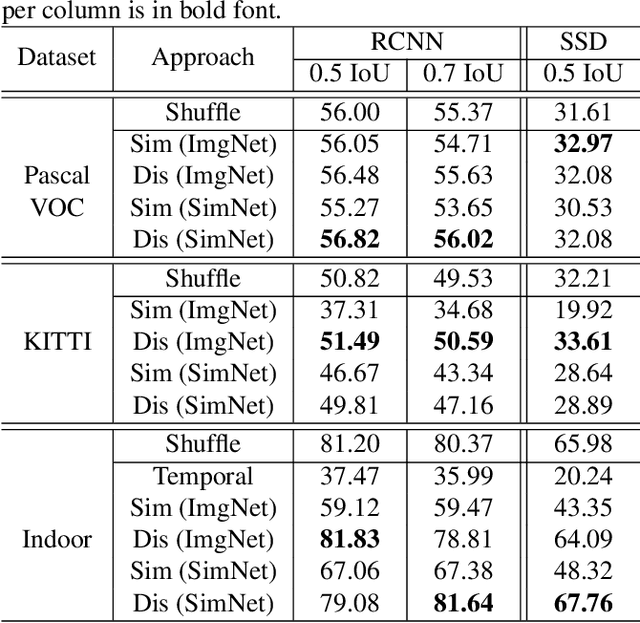
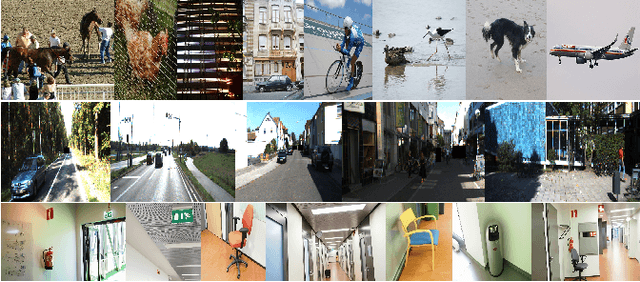
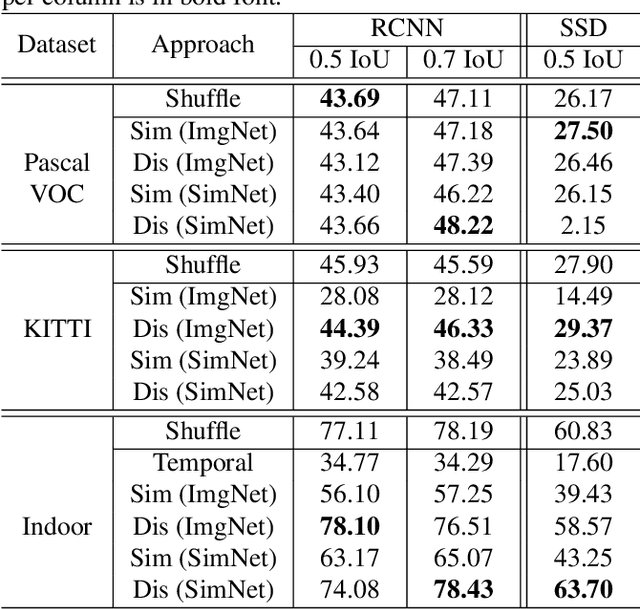
Abstract:Supervised object detection has been proven to be successful in many benchmark datasets achieving human-level performances. However, acquiring a large amount of labeled image samples for supervised detection training is tedious, time-consuming, and costly. In this paper, we propose an efficient image selection approach that samples the most informative images from the unlabeled dataset and utilizes human-machine collaboration in an iterative train-annotate loop. Image features are extracted by the CNN network followed by the similarity score calculation, Euclidean distance. Unlabeled images are then sampled into different approaches based on the similarity score. The proposed approach is straightforward, simple and sampling takes place prior to the network training. Experiments on datasets show that our method can reduce up to 80% of manual annotation workload, compared to full manual labeling setting, and performs better than random sampling.
Handwritten Character Recognition from Wearable Passive RFID
Aug 06, 2020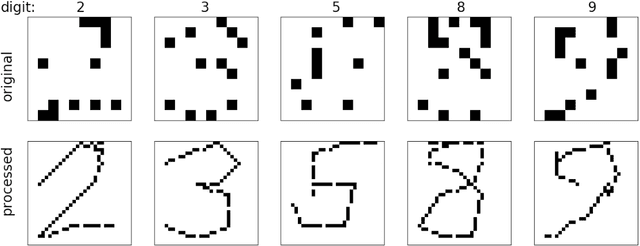

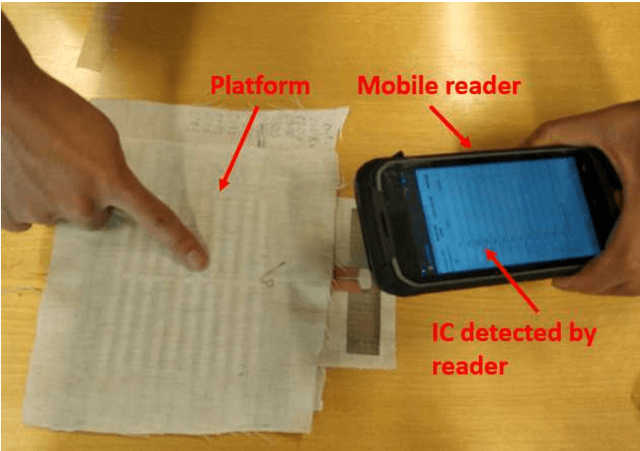

Abstract:In this paper we study the recognition of handwritten characters from data captured by a novel wearable electro-textile sensor panel. The data is collected sequentially, such that we record both the stroke order and the resulting bitmap. We propose a preprocessing pipeline that fuses the sequence and bitmap representations together. The data is collected from ten subjects containing altogether 7500 characters. We also propose a convolutional neural network architecture, whose novel upsampling structure enables successful use of conventional ImageNet pretrained networks, despite the small input size of only 10x10 pixels. The proposed model reaches 72\% accuracy in experimental tests, which can be considered good accuracy for this challenging dataset. Both the data and the model are released to the public.
AdaptiveReID: Adaptive L2 Regularization in Person Re-Identification
Jul 15, 2020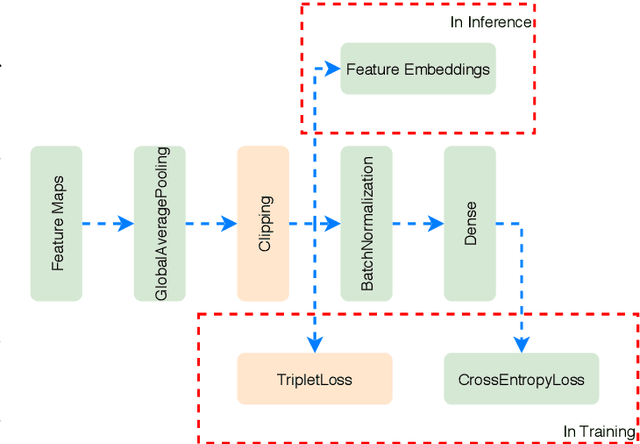
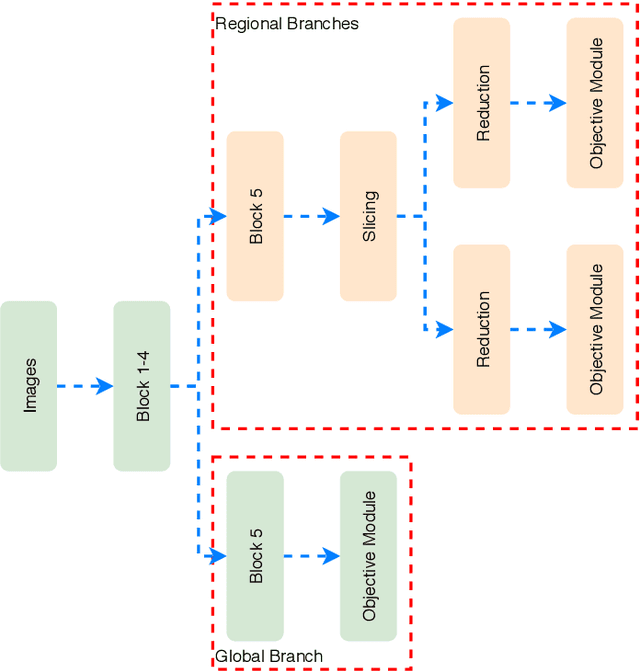
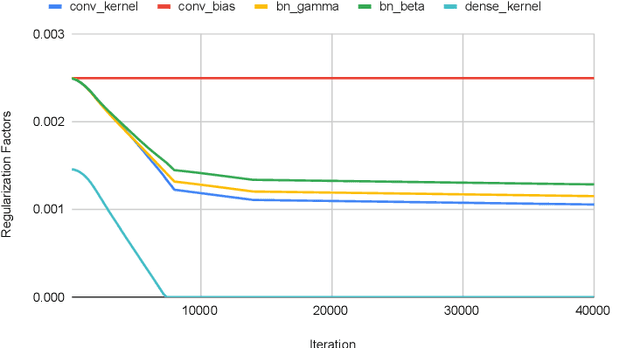
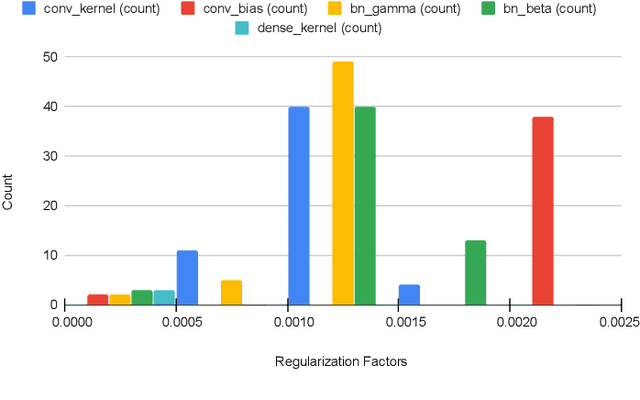
Abstract:We introduce an adaptive L2 regularization mechanism termed AdaptiveReID, in the setting of person re-identification. In the literature, it is common practice to utilize hand-picked regularization factors which remain constant throughout the training procedure. Unlike existing approaches, the regularization factors in our proposed method are updated adaptively through backpropagation. This is achieved by incorporating trainable scalar variables as the regularization factors, which are further fed into a scaled hard sigmoid function. Extensive experiments on the Market-1501, DukeMTMC-reID and MSMT17 datasets validate the effectiveness of our framework. Most notably, we obtain state-of-the-art performance on MSMT17, which is the largest dataset for person re-identification. Source code will be published at https://github.com/nixingyang/AdaptiveReID.
Iterative Bounding Box Annotation for Object Detection
Jul 02, 2020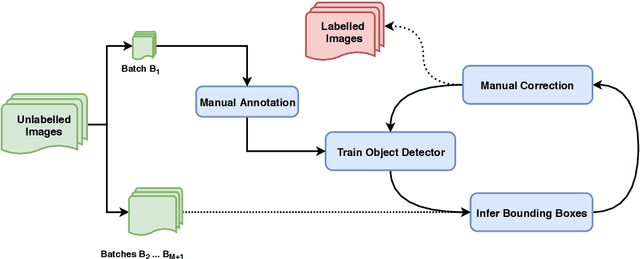
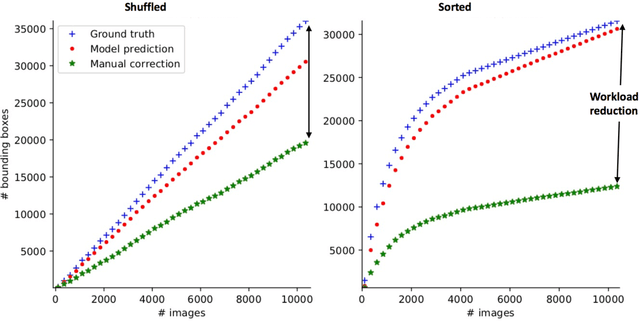
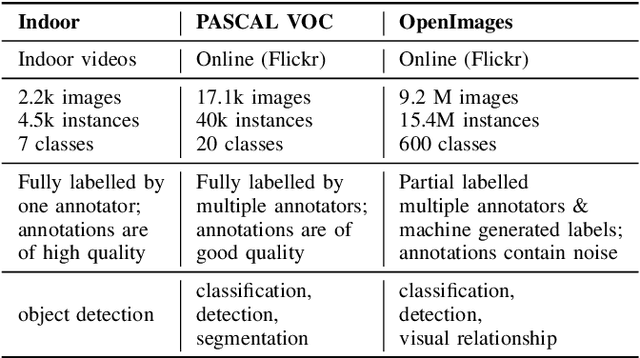
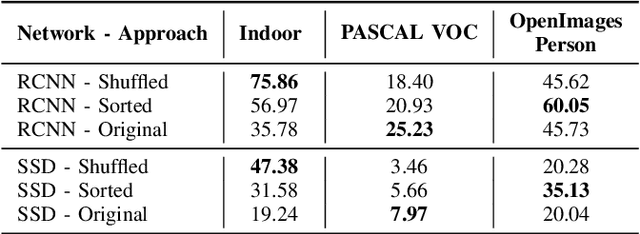
Abstract:Manual annotation of bounding boxes for object detection in digital images is tedious, and time and resource consuming. In this paper, we propose a semi-automatic method for efficient bounding box annotation. The method trains the object detector iteratively on small batches of labeled images and learns to propose bounding boxes for the next batch, after which the human annotator only needs to correct possible errors. We propose an experimental setup for simulating the human actions and use it for comparing different iteration strategies, such as the order in which the data is presented to the annotator. We experiment on our method with three datasets and show that it can reduce the human annotation effort significantly, saving up to 75% of total manual annotation work.
Vehicle Attribute Recognition by Appearance: Computer Vision Methods for Vehicle Type, Make and Model Classification
Jun 29, 2020
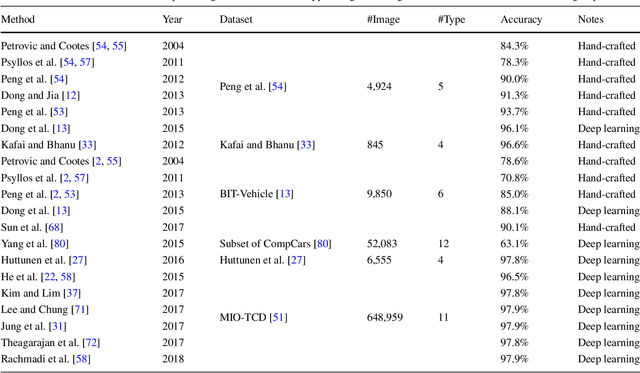

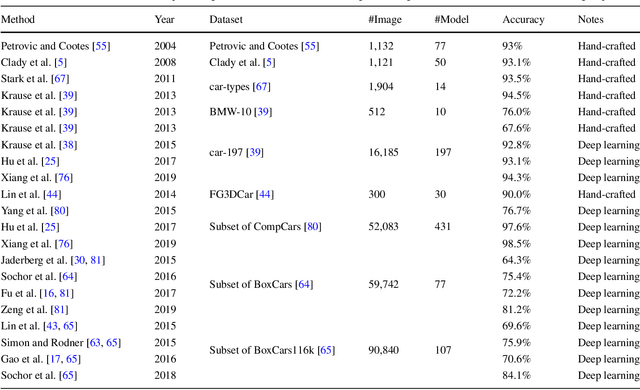
Abstract:This paper studies vehicle attribute recognition by appearance. In the literature, image-based target recognition has been extensively investigated in many use cases, such as facial recognition, but less so in the field of vehicle attribute recognition. We survey a number of algorithms that identify vehicle properties ranging from coarse-grained level (vehicle type) to fine-grained level (vehicle make and model). Moreover, we discuss two alternative approaches for these tasks, including straightforward classification and a more flexible metric learning method. Furthermore, we design a simulated real-world scenario for vehicle attribute recognition and present an experimental comparison of the two approaches.
Bayesian Receiver Operating Characteristic Metric for Linear Classifiers
Aug 23, 2019
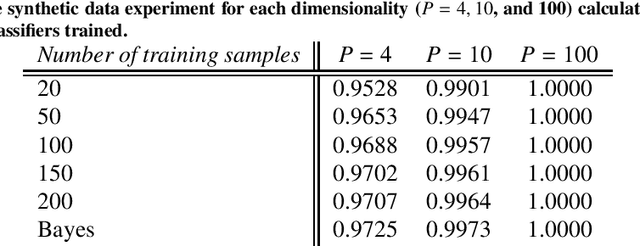


Abstract:We propose a novel classifier accuracy metric: the Bayesian Area Under the Receiver Operating Characteristic Curve (CBAUC). The method estimates the area under the ROC curve and is related to the recently proposed Bayesian Error Estimator. The metric can assess the quality of a classifier using only the training dataset without the need for computationally expensive cross-validation. We derive a closed-form solution of the proposed accuracy metric for any linear binary classifier under the Gaussianity assumption, and study the accuracy of the proposed estimator using simulated and real-world data. These experiments confirm that the closed-form CBAUC is both faster and more accurate than conventional AUC estimators.
 Add to Chrome
Add to Chrome Add to Firefox
Add to Firefox Add to Edge
Add to Edge